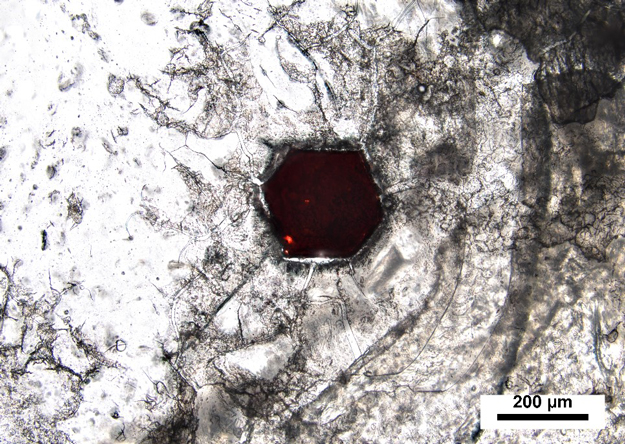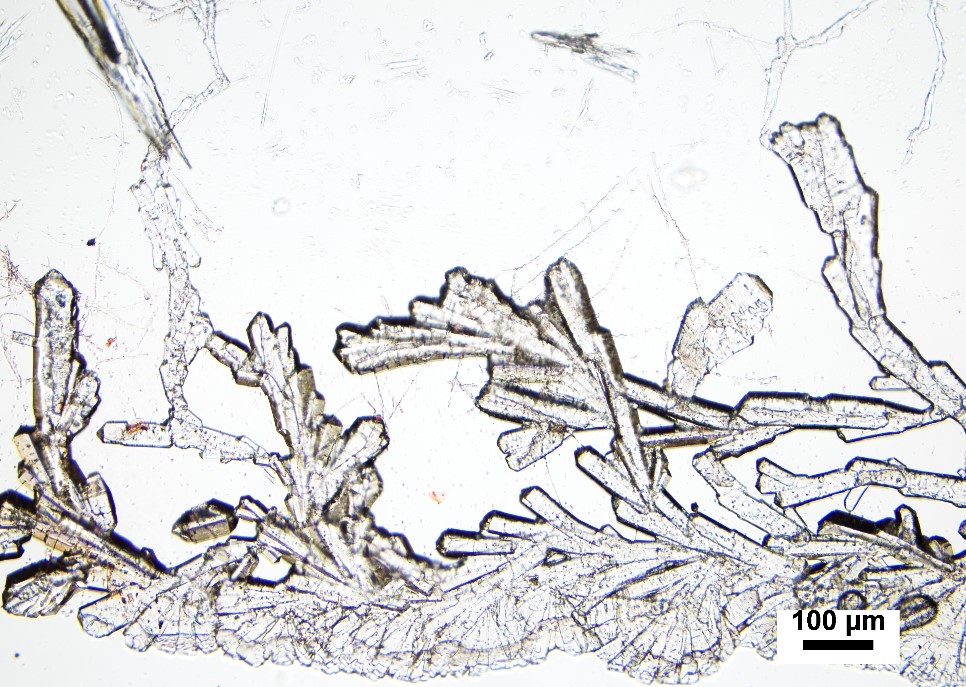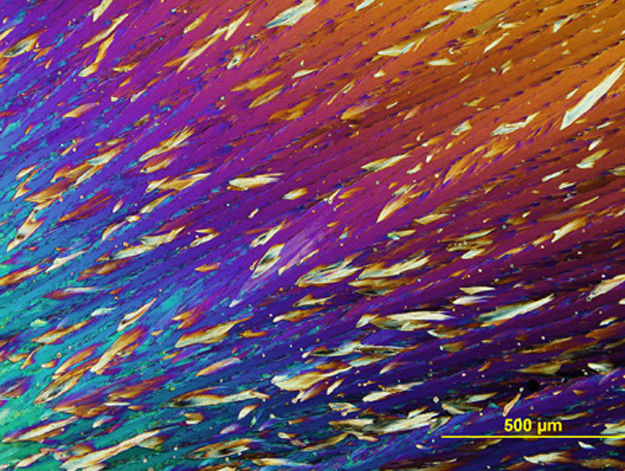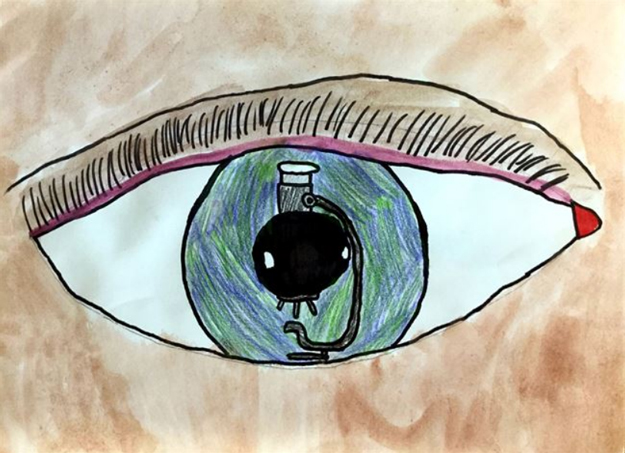Microscope, Microscope, What Do You See?
Recently, our eight-year-old daughter brought home the above drawing she created in her art class at school. The exercise, called “Portrait of My Eye,” was inspired by René Margritte’s The False Mirror. Students were told to draw an eye similar to The False Mirror and include any image within the eye. As you can see, our daughter included an image of her microscope, which took me by surprise.
Trying to get young children interested in science can sometimes be challenging. In my own experience, I learned that when you introduce science-based activities on equal footing with other forms of play, you might start to see some success. Whether students are young or old, they have to be able to visually relate to what they are viewing under the microscope in order for it to be interesting and fun.
When my daughter was six, my wife and I gave her a microscope we bought from Amazon. The microscope received great customer reviews, and upon receiving and using it, I had to agree. It is capable of both transmitted and reflected light illumination that can be engaged by simply toggling a switch between the two, and has magnifications of 100X, 200X, and 400X. The microscope holds an 80 hour charge, making it easily portable from room to room and for outdoor adventures.
With my background in microscopy, I was looking forward to teaching our daughter how to use the microscope and, perhaps, developing a weekly routine to use it. My wife, who is a teacher, said that we shouldn’t force her to use the microscope, we should just always have it out and available for use like the rest of her crafts and toys.
We gave this approach a try, and my wife was right. On several occasions, I would be passing through the living room, and there was my daughter looking through the microscope. Of course she began with the gross stuff, eye “crumbs,” nose pickings, and ear wax. Soon I began to guide these observations to things she could relate to.
With regard to sample preparation, the samples are just placed on the microscope slide and looked at immediately using both reflected and transmitted light. Periodically, I will place a coverglass over the sample to get a better image.
Our daughter’s drawing reminded me of an Eric Carle illustration from his classic children’s picture book Brown Bear, Brown Bear What Do You See? and, as you see, I played off that reference for the title of this post and for the specimens below. This also got me thinking about how in the 4 1/2-day Polarized Light Microscopy course at Hooke College of Applied Sciences, a member of The McCrone Group, we sometimes help students identify particles under the microscope by relating them to familiar items we come into contact with in the macro world. Highlighted below are several of the successful outings I have experienced with our daughter and her microscope, along with some examples of particles that remind us of everyday items—all with a nod to Eric Carle’s book.
I See a Piece of Glitter Looking at Me

My daughter was just getting over a cold, so naturally she wanted to look at some of the stuff in her nose. She called me into the room and said that she could see blood mixed in with the other stuff. In looking down the microscope, I saw the classic hallmarks of a single piece of glitter: hexagonal, somewhat reflective, and colored red. Glitter is a very popular thing among young kids, but this particular piece could be traced back to her LOL Surprise Doll – Teacher’s Pet. Those of you who are familiar with LOL Surprise dolls know that most of them have some part of their plastic clothing coated in glitter. I explained this to her, which she thought was really cool. Was this an introduction to materials science, or, perhaps, Locard’s Exchange Principle*? I’m not sure, but if you asked her what glitter looks like under the microscope, she would probably be able to tell you.
I See Some Crystals Looking at Me

If you have a youngster, you may have watched videos from the YouTube sensation Cookie Swirl C, who describes herself as someone who has a “passion for toys and creating stories through play.” Essentially, she reviews most of the top toys on the market by playing with them and creating stories along the way. In one of the episodes, Grow Your Own Crystals, she reviews a crystal tree with a My Little Pony backstory. Our daughter just happened to receive these same crystal growing kits as a birthday gift; she was already familiar with the product from the Cookie Swirl C video.
We decided that it would be interesting to take a look at the crystals from the crystal tree under the microscope, so I cut off a small piece of the “limb” from the tree and placed it in a small drop of the solution that comes in the kit. Within 30 minutes or so, we started to see some beautifully-shaped crystals of potassium phosphate monobasic emerge. The crystal tree itself was a bit of a bust, but the crystals growing under the microscope held my daughter’s attention for a few minutes. As the crystals grew, it reminded us of a scene from the movie “Frozen.”
In the adult world, some particles viewed under the microscope can remind us of familiar objects, which can be part of a helpful memory aid strategy in learning how to identify unknown samples. Below are just a couple of examples that we use in our Polarized Light Microscopy course.
I See a School of Fish Looking at Me

This image, a sample of trinitrotoluene (TNT), is from the McCrone Atlas of Microscopic Particles, exhibits the so-called “school of fish” formation. The Atlas’ TNT description contains a tutorial explaining how to obtain this particular crystal formation. It’s noted that at higher magnifications scales and bubbles may be seen, and in this photomicrograph at the crystal front there is the illusion of fish going over a waterfall or swimming upstream.
I See Some Famous Mouse Ears Looking at Me

This sample is always a fun one to watch unfold in real time with a classroom full of students. During our Polarized Light Microscopy course, the instructors will start going through common materials, things you might find as a microscopist as either part of a heterogeneous sample or a contaminant. As the students begin to characterize this sample (size, color, shape), they will eventually be asked, “What does the shape of this sample remind you of?” Students slowly call out replies, and eventually, someone says Mickey Mouse ears, which, of course, is the answer that the instructors are looking for.
There are numerous examples of microscopic samples that have macro world look-alikes. Reader, reader, what do you see? We would love to hear what you and your microscope have seen over the years.
*Edmond Locard (1877 – 1966) was a French criminologist and pioneer in forensic science. Known as “the Sherlock Holmes of France,” he wrote, “It is impossible for a criminal to act, especially considering the intensity of a crime, without leaving traces of this presence,” which became known as Locard’s exchange principle. See our Forensic Science articles for more on Locard.

Comments
Joseph Wallner
As a retired microscopist with a 7 year old granddaughter I greatly enjoyed your article. Have been wondering how to select a scope that goes beyond the toy category. Can you share the microscope that you reference in the article?
Replies
Leslie Bolin
Thank you for reading — we are so glad you enjoyed the article! The microscope the author referenced is made by AmScope, Model #M162C-2L-PB10-WM-SP14-50P100S. You may also find this microscope set at Amazon.com
Joseph Wallner
Thanks for the information
add comment